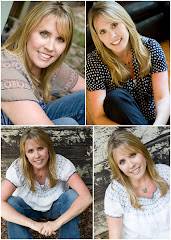Nancy Pyne-Hapke, author of "Play and Grow Smart, A Guide Supporting Brain Development, Birth through Five," has been giving tips to aid your child's optimum skill development through proactive neuroscience-based activities. These ideas come from scholarly sources to personal interviews, from the internet to periodicals to books.
“CREATIVITY” involves imagination, ingenuity, invention/originality, creative thinking, dramatic/visual/musical arts.THE CRITICAL WINDOWS during which the circuits of the brain are being most heavily wired for Creativity is 1 – 4 years with lifelong expression. The more opportunity children have to experience healthy, positive and nurturing Creativity experiences during this critical period, the more efficiently their brains will work over the long run.
A FEW DEVELOPMENTAL LEARNING TOOLS (toys and other objects) for CREATIVITY: • blocks • dolls and stuffed animals • sandbox • water • costumes and props • play figures • child-sized dishes and tools • art materials • construction sets • music and instrumentsForms of creativity: ART (visual), LANGUAGE (written or spoken), MUSIC/MOVEMENT (bodily movement), FANTASY (pretending).Some general CREATIVITY: LANGUAGE tidbits:
•• LANGUAGE is the expression of ideas and feelings through words, either written or spoken. It includes the stories children tell and their creative “plays” and games.
•• FROM 1 year, play sound games with Baby. Repeat back to him the sounds he makes since keying in on sounds largely establishes the breadth of her later vocabulary.
•• FROM 18 months, Toddler enjoys talking on the phone (real or toy). Don’t expect logical conversation!
Next week – “Creativity: LANGUAGE, Pt. 2”
?s – email msmarm@roadrunner.com
Saturday, June 11, 2011
Subscribe to:
Post Comments (Atom)


No comments:
Post a Comment